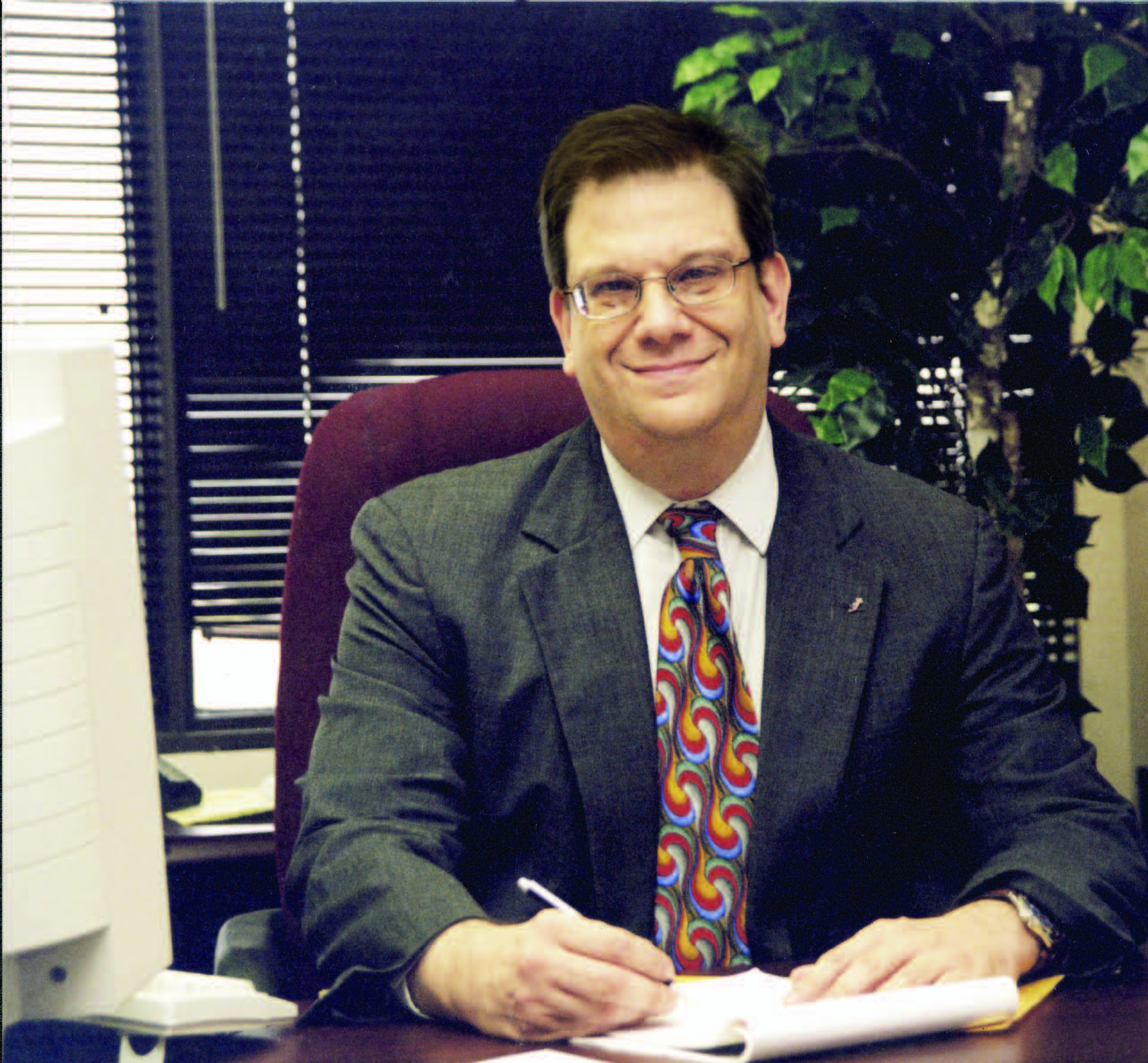February 2015, Vol. 242, No. 2
Editor's Notebook
Editor's Notebook: Local Updates

I hope the industry is paying attention to some regionalized developments that could hamper activity, at least in the short term.
North Dakota officials are cracking down on gas flaring, which has literally put the state on the map from outer space. In their rush to develop the Bakken, producers gave needed infrastructure short shrift and were backed by lawmakers unwilling to compromise the lure of new business. Now the big question is whether the producers that are taking heavy hits from toilet bowl oil prices are even capable of committing to backing new gas pipelines.
Officials in that very red state are also fuming over its most recent pipeline incident, a rupture discovered on Jan. 6 that spilled 3 million gallons of saltwater (brine). Summit Midstream is the pipeline operator and has not determined when the spill began or its cause. This spill is nearly three times larger than one that fouled a portion of an Indian reservation in July. Another million-gallon saltwater spill in 2006 is still being cleaned up. Then there was the Tesoro oil spill of 865,000 gallons in fall 2013 that will take two years to remedy.
In neighboring Montana, officials are grappling with their second serious oil spill in two years. On Jan. 17 about 40,000 gallons of oil (925 barrels) escaped from Bridger Pipeline’s Poplar pipeline beneath the Yellowstone River and briefly contaminated a portion of a city’s downstream water supplies. The pipeline was constructed in the 1950s, though the breached section below the river was replaced over 40 years ago. Officials fear the oil will spread farther downstream after ice melts this spring.
This follows ExxonMobil’s pipeline break in 2011, which spilled 63,000 gallons of oil during flooding on the Yellowstone, which caused scouring on the river bottom to expose the pipeline. ExxonMobil spent $135 million on the cleanup which was spread over 80 miles of the river and made “far worse” by the company’s delayed response, federal officials determined. Last month they imposed a $1 million fine on ExxonMobil.
The states like to pass the blame onto the federal government. The federal Office of Pipeline Safety has only 150 inspectors responsible to oversee 2.6 million miles of gas, oil and other pipelines. Though that will increase by 100 this year, it’s still nowhere near enough to inspect aging infrastructure. Montana did create a Pipeline Safety Review Council in 2012 in response to the ExxonMobil incident. The Poplar incident should be a good example of its effectiveness.
I suppose it’s admirable that companies are stepping up to take responsibility for these incidents and spending whatever it takes to clean up their messes, but it leaves a lingering doubt among many as to whether it’s wise to build pipelines, like Keystone, that cross beneath surface waters. Keystone would cross the Yellowstone about 20 miles north of the Poplar leak.
Dave Glatt, head of North Dakota’s Department of Health’s environmental health section, offered this insightful comment after the brine spill: “This is not something we want to happen in North Dakota.”
So what are they going to do about it? Democratic legislators plan to revisit measures overwhelmingly rejected two years ago that would mandate additional monitoring and safeguards such as flow meters and cutoff switches on pipelines that carry oilfield wastewater such as brine. North Dakota has thousands of miles of largely unmonitored underground pipelines that carry wastewater and other liquids; oil companies claim that additional controls are too costly. But they do have to provide the locations of such pipelines and notify regulators when they are abandoned.
Officials are also pushing for the North Dakota Public Service Commission to take a lead regulatory role over intrastate hazardous liquid pipelines. They’ve met with federal regulators on how to create an oversight program which would require legislation and adoption of federal pipeline guidelines. But a program might be up and running later this year.
For once, I agree with Wayde Schafer, a North Dakota spokesman for the Sierra Club, though I dispute his claim that the brine spill represents a “extreme threat to the environment and people’s health.”
“Technology exists to prevent these spills and nothing is being done,” Schafer told a reporter. “Better pipelines, flow meters, cutoff switches, more inspectors – something has got to be done.”
With North Dakota facing a slump in production because of falling oil prices, let’s see if lawmakers have the moxie to do what’s right for their state, or continue to give way to greed. Based on its history, the best I can say is that the vote might not be 88-4 against this time.





Comments